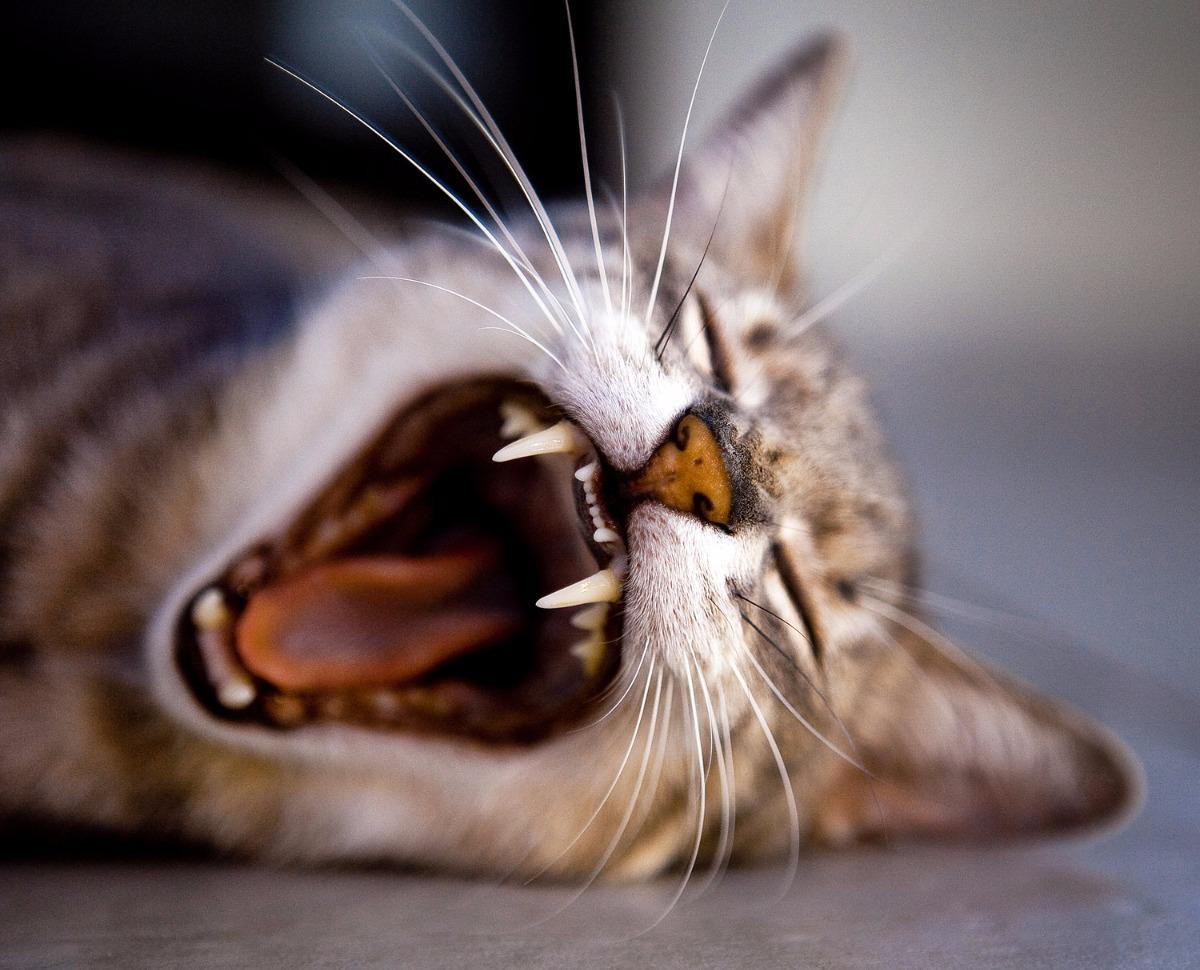
Love or Hate, It's Up to You!
Sometimes it’s easy... You adopt that adorable and cuddly kitten and it becomes an integral part of your family. Over the years, that kitten becomes a cherished family member and grows up along-side your non-fur-babies. Maybe early or maybe later, but eventually, life gets busy and you realize that your kitten (now a full-grown yet still loveable cat) isn’t getting your full attention and is lonely. Over time you notice acting out and separation anxiety. In response, you stop at the shelter and pick up the most social and cat-loving kitten you can find. With the best of intentions, you rush home to introduce your new furry friend only to witness aggression, hissing, spitting, inappropriate elimination (going outside of the box) and violence. Suddenly, nothing seems easy anymore…
Every feline veterinary professional has heard such a tale told over and over. The frustration is always evident, especially when owners are faced with choosing between their old and cherished loved one and a new adoptee that they already love. Rest assured, that even in the worse of cases, it may not be too late to fix things:
It’s all about first impressions
As with most things in life, be it a twinkle in-an-eye or a soft-spoken voice, first impressions are essential. Unfortunately, without a spoken language (and opposable thumbs), our furry loved-ones don’t have the ability to talk their way into a friendship or out of a disagreement. Therefore, when assimilating your new fur-baby into your extended fur-family, as tempting as it will be to directly introduce them, don’t. Your new kitty should be given a space of their own. Reciprocally, your old companion should be allowed unfettered access to everywhere else. This should be your kitties’ reality for the next few weeks.
Good vibrations mean good associations
So, with all of the appropriate heart-wrenching guilt, you have now succeeded in separating the two future companions. Now’s the time for some associative-psychology. Starting simple, you want everything associated with the room and the new kitty to be positive. Using products like Feliway™ and/or catnip near the door is a great idea. Now is also a good time to take favored items from both kitties and swapping them to-and-fro every few days. Your goal is to habituate each kitty to one another’s scent gradually while still not allowing visible interaction. Spending as much time with each kitty (separately) during this time is also crucial.
Friends that eat together stay together
After a few days to a week of association without visible stimulus, relocate each pet’s food and water dish to the magical barrier (the door). At this point, all feedings should happen concurrently at the door. Giving favored treats here is also a great idea.
Let there be light
Now is the time for the kitties to see each other. While this may be difficult depending on the lay-out of your kitty kingdom, it’s vital that the cats are not allowed to contact each other. Often a pair of strategically-placed baby gates can be erected to allow supervised visual visits for the two kitties. Feeding them at the same time and playing with one kitty while a family member plays with the other are both great things to do now. Keeping these initial visits limited in span and then increasing them in frequency and duration over a few days is important.
Breaking down barriers
After some time passes and if there are no incidents, now is the time for supervised visits. Ideally, with one pet-parent supervising each friend-to-be, now is the time to allow the kitties short and supervised visits in the same space. Each pet parent should be holding each kitty so there is no aggression. Each cat should be played with individually and given yummy treats as well. Strategic and continued use of a Feliway™ diffuser, is a fantastic idea. Take away all other distractions for the two kitties including music, other people, TV, etc. It should be time spent playing, eating food and for all-around good vibrations. This will lead to good associations for each kitty.
Regression for the sake of progression
In reality, things rarely go according to plan. Especially here, taking a step back and going slow is of vital importance. Don’t be afraid to go back a step or two or modify your plan on-the-fly. If things are getting rocky, then slow down or go back a step and start again. Even if you have already introduced kitty, it is NEVER too late to start this process!
